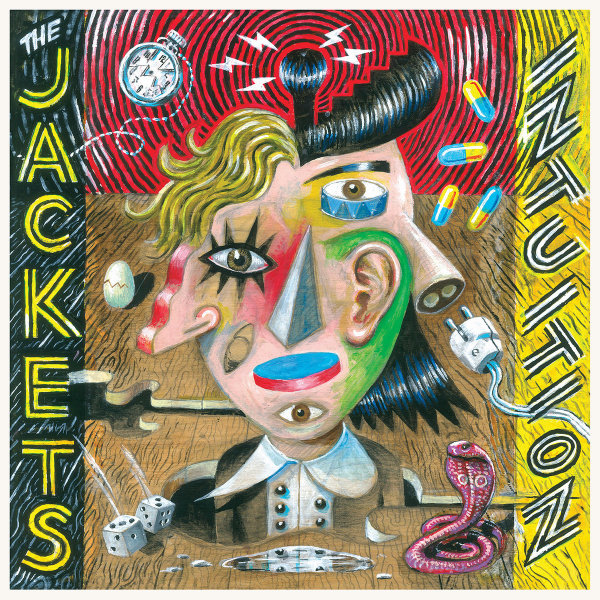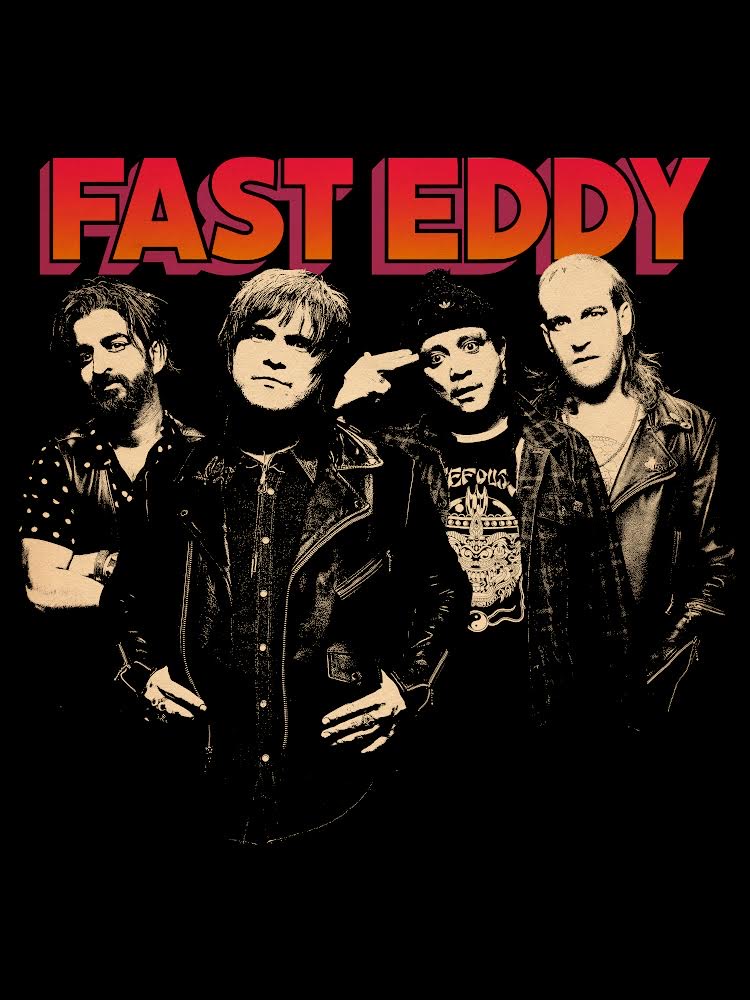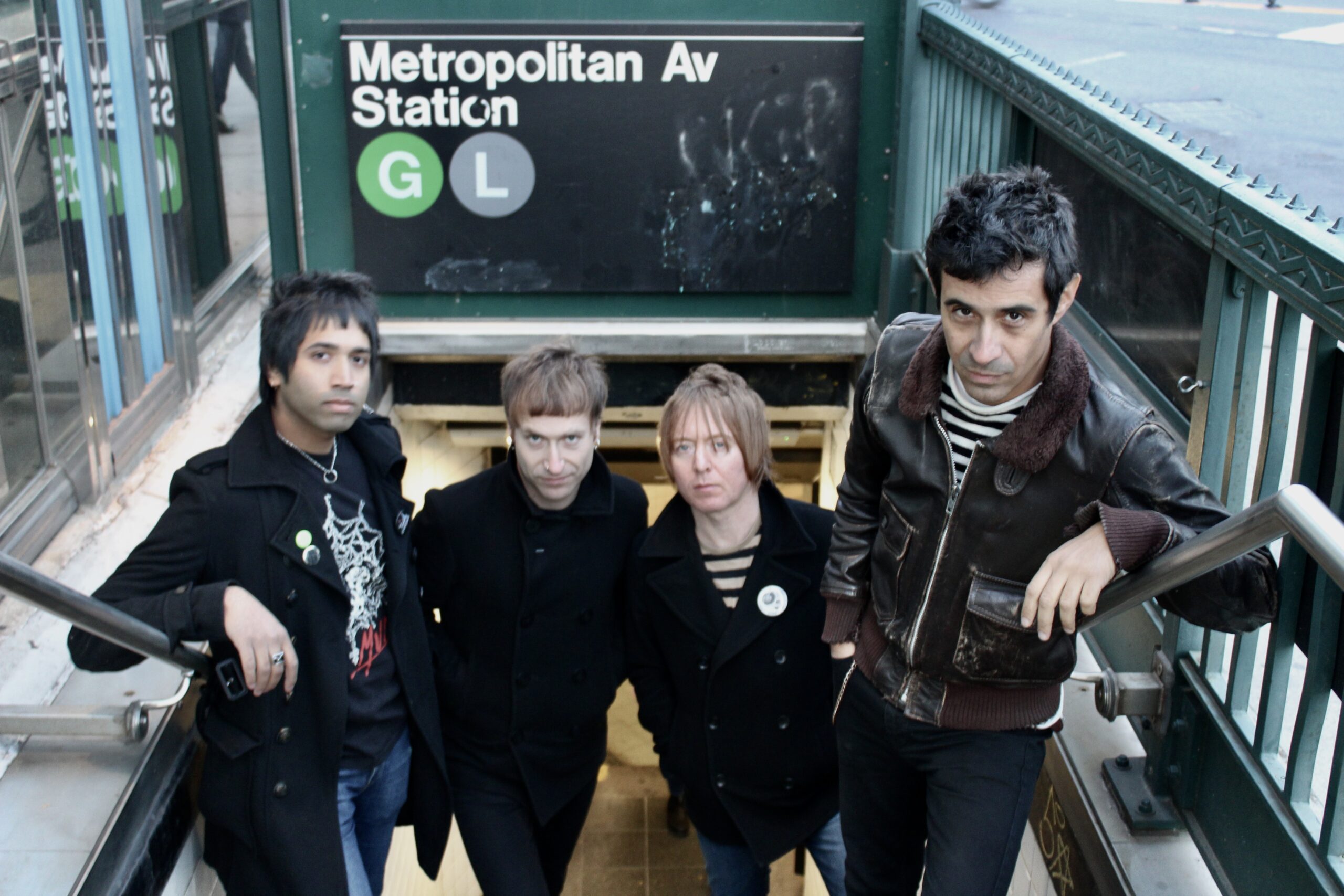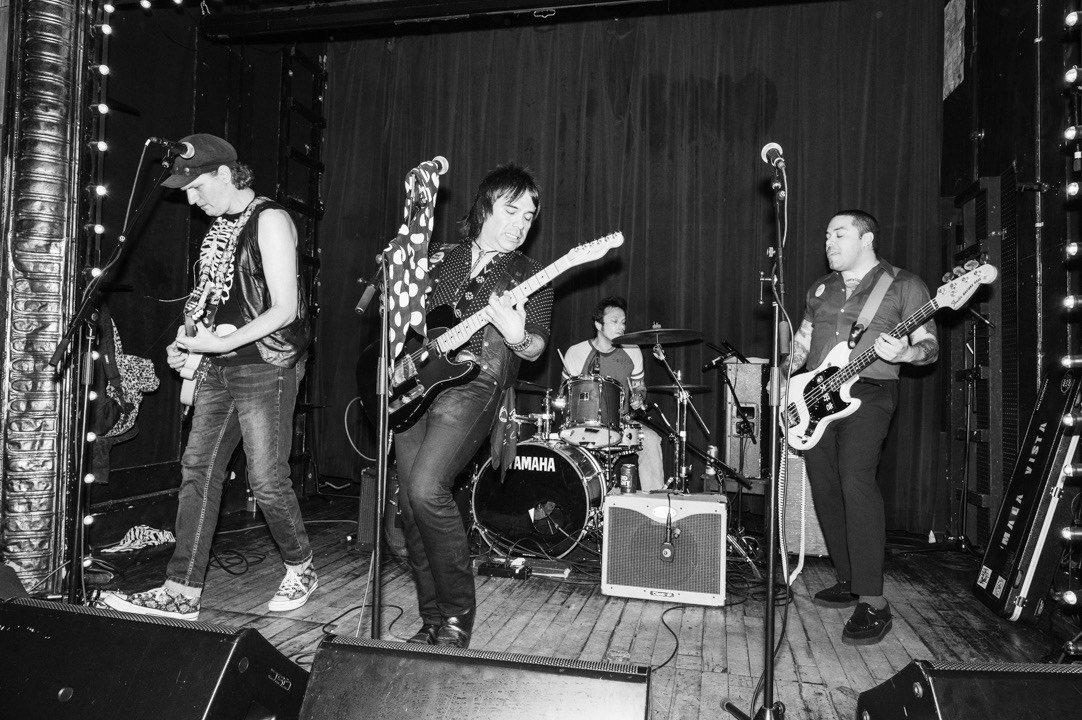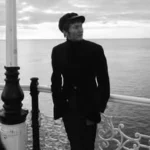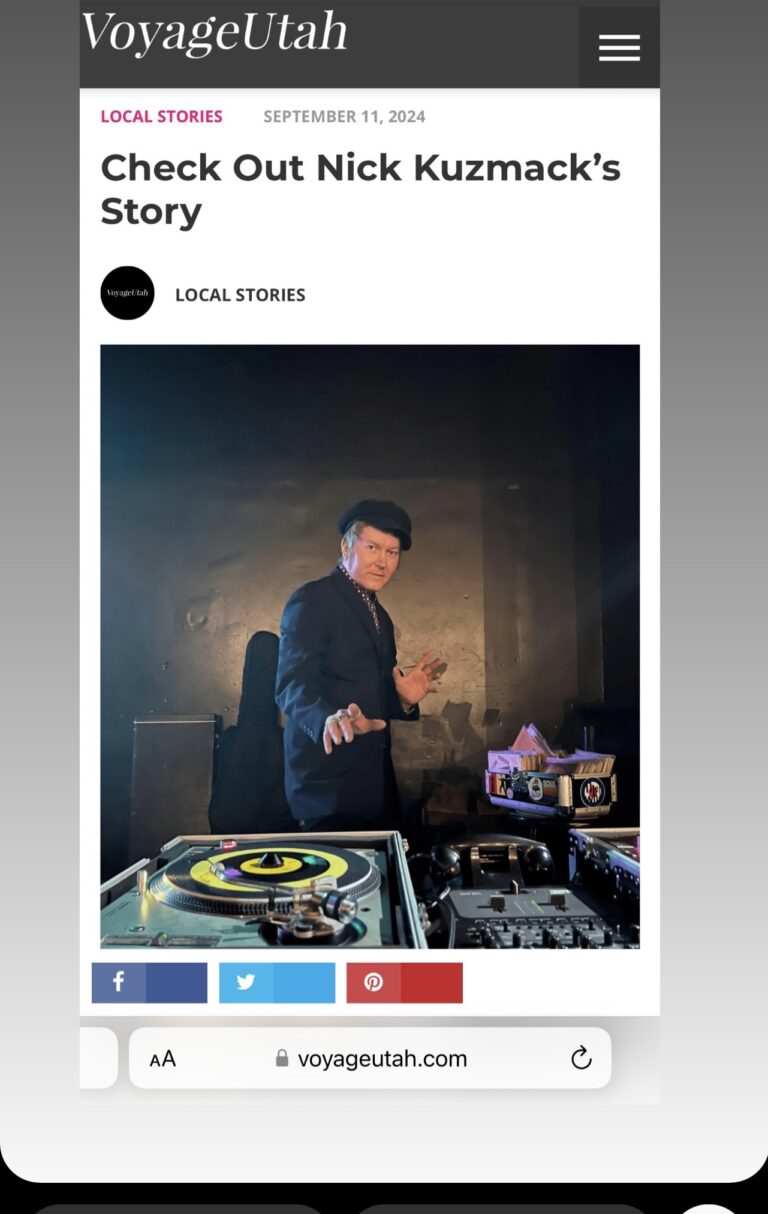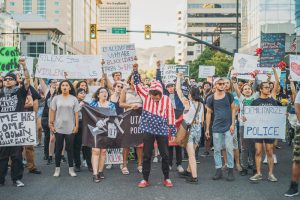
Photo by Tyson Call
On July 09, 2016 two rallies were held in Salt Lake City, Utah in solidarity with Black Lives Matter to demand justice for the police killings of Alton Sterling and Philando Castile. The latter rally was held by Utah Against Police Brutality at 6:00 PM at the Public Safety Building on 475 E and 300 S. Organizer Carley Key Haldeman shared what was going on. “This was struck up in response to Alton Sterling and Philando Castile, but we {also} want to show solidarity with people who have been shot down here, Darrien Hunt, Corey Kanosh and Abdi Mohamad,” says Halderman “We’re rallying because we’re trying to get community control now. What that means is that we’re trying to push for community review board campaign so we stop reacting to these deaths and start acting on preserving the lives we have now.”
The rally began relatively small, but quickly built up in size. A diverse assembly of 350 people were in attendance. Speakers started off by warming up protesters with chants like “Black Lives Matter” and “We’re going to be alright!” Speakers demanded that a democratically elected civilian review board be put in place, and that protesters take part in community involvement. One speaker also denounced the shootings in Dallas, TX.
An idea that largely dominated the rally was that only with community control, tragedy could be averted. An example that is reflected upon by organizers is how the Salt Lake Police Departments is handling the recent police shooting of 17 year old Abdi Mohamad on February 27,2016 and the subsequent refusal to have the name of the officer involved released and his camera footage of the incident shared. The anger regarding this was directed toward Salt Lake District Attorney Sim Gill. Halderman says “We’re asking Sim Gill to step down because he has not held police accountable and he is not releasing the footage or name of the officer who shot Abdi Mohamad.”
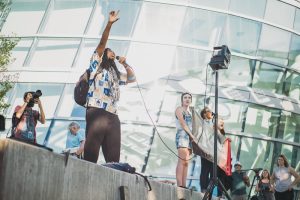
Additionally with demands for justice were also calls for compassion towards one another. This could be heard via the unifying echoes of the chants of “Black Lives Matter,” “It’s right to rebel” and “Whose streets? Our Streets!” When the rally turned into a march, the chants from those participating inspired the support and in some cases even participation of bystanders. At one point when the march was moving South along State Street, a car pulled over and three Muslim women briefly joined the protesters. This subtle and brief participation served as an example of the wide draw that this cause has. The welcoming of these additional supporters would have not likely occurred in other, more exclusive nationalist Trump-like centered camps. Rather, what one can observe from this march is a visible and authentic representation of ideals rooted in empathy and true unity, not soulless exclusivity.

This inclusion represented a stark contrast to that of the few counter demonstrators who showed up earlier on during the rally. Two of these demonstrators displayed their clear support for Republican Presidential nominee Donald J. Trump. One of them even found it necessary to proudly carry around an American flag. This individual ,armed with this American flag, must have had some absurd notion that he was somehow the one defending American ideals instead of those who had actually gathered to demand accountability for all. While his presence was denounced by passionate speakers, his attempt at proud symbolism appeared to be lost in translation and perhaps even misplaced.
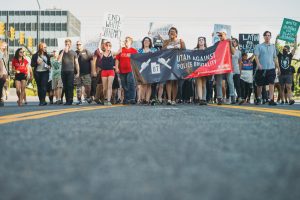
The march came to a head on 300 E and 500 S. There the protesters briefly occupied the intersection, which by this time was deserted. During the march there had been a small police presence that could be seen zooming about to block traffic (something that organizers peacekeepers also took part in doing). Other than that, the police largely kept their distance, but remained visibly around. Finally the march ended back at the Public Safety building. The protest ended with no violence or agitation and the organizers made it clear to their fellow protesters that even though the protest has concluded, the struggle continues until the systematic abuses are rectified. “ I hope we push people to fight for their own democracy and the democracy of others, and to get organized and involved with local community campaigns like Utah Against Police Brutality,” says Halderman. “We’re going to get our community control review board organized and we’re going to try and present it to legislation. We brought it to the City Council members, but we’re here just to get more people rallying behind it so we can get it pushed into policy.”
For more from Utah Against Police Brutality, check out their Facebook Group Here.

